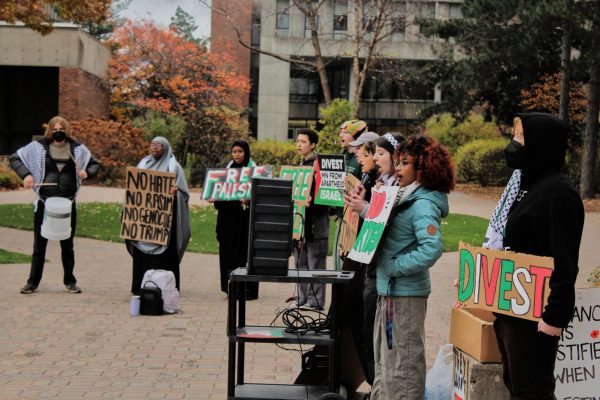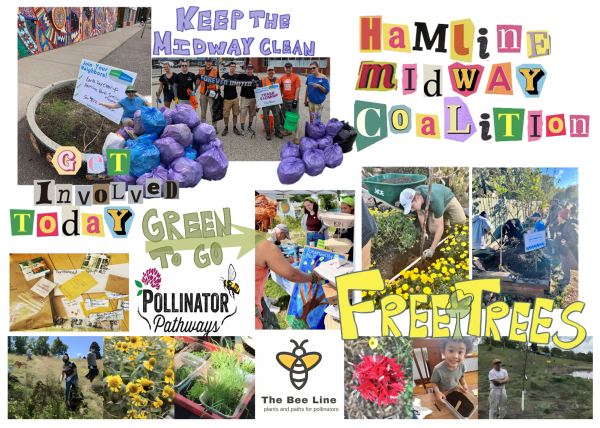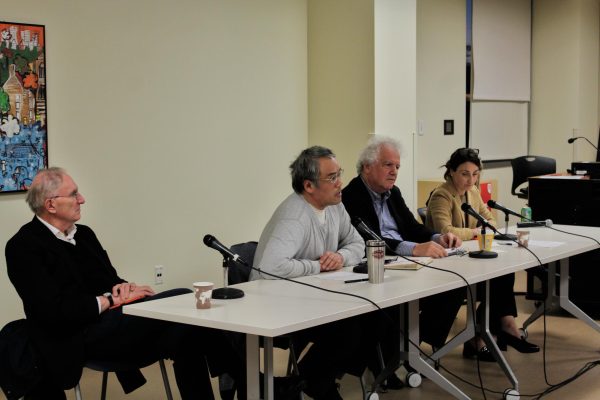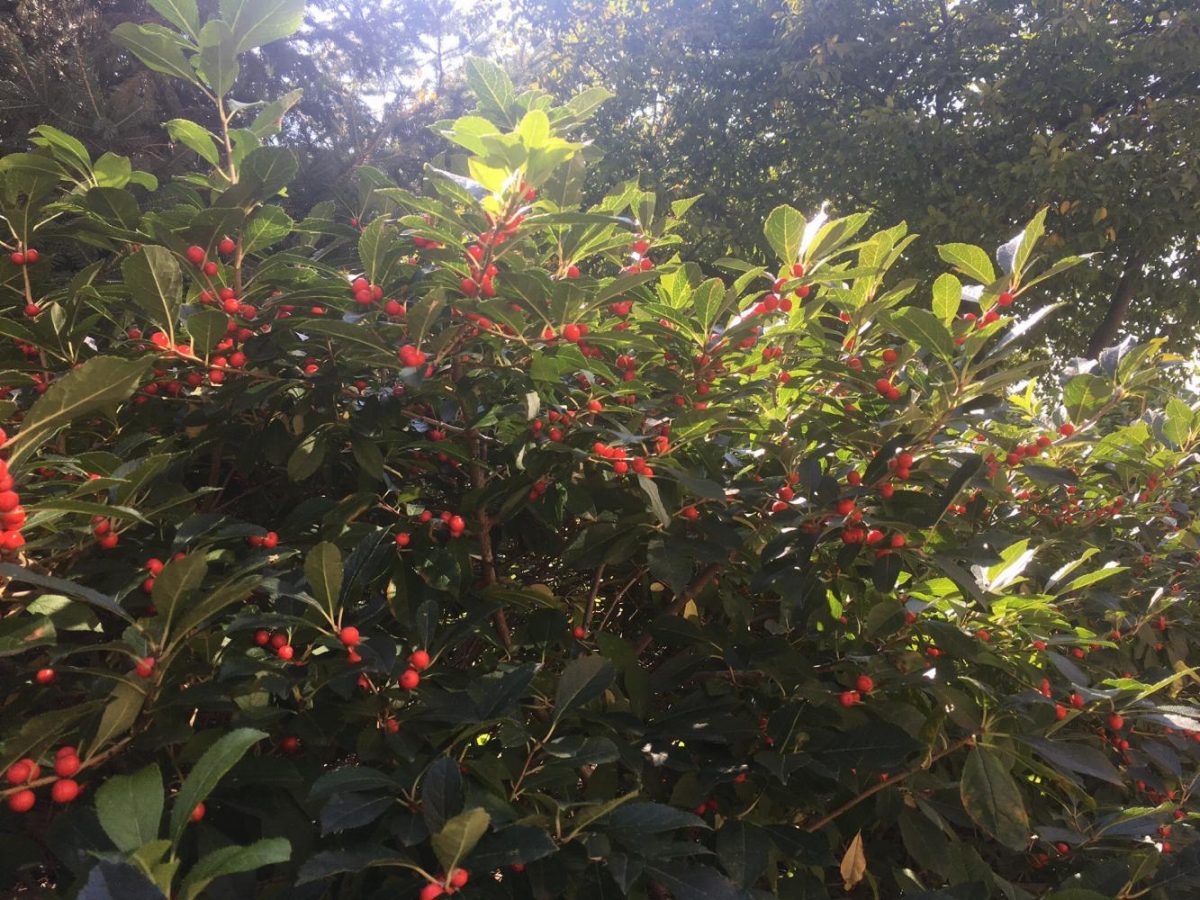Colors in a concrete city
The foliage brings eye catching additions to campus.
Each year, facilities and student organizations strive to make Hamline not only beautiful, but a functional and an eye catching addition to an otherwise concrete metropolis. Driving in a city citizens expect a smattering of trees, particularly placed along the roads to make it less apparent that skyscrapers, factories, apartment buildings and sprawling roads have taken over; yet at Hamline the wildlife is almost fairytale like. The plant life lining our campus cannot be ignored, but the work that goes into this and the people who dedicate their time to keep mother nature within our little stake of land aren’t as visible. Near the edge of campus, just past Drew Hall sits a brick building that houses a dedicated crew of groundskeepers and planners led by Ken Dahkes, the Director of Facilities Operations and Horticultural Services. These individuals work to keep our temporary home beautiful and full of life. When talking with Dahkes it was impossible to ignore the real love and passion that goes into the things passersby may overlook.
Dahkes talked about his many years serving as a protector and planter of the wildlife around campus and how much thought went into every seed that was planted.
“I’ve been here longer then a lot of you’ve been alive, about 28 years now,” Dahkes said. “I went to U of M just across the city there and I learned horticultural science and landscaping there.”
There is a lot of pride in the plants here, not just the aesthetic of our landscape, but the functional purposes it has.
“There are a lot of subtle ways to learn about the plants on campus, like the labels explaining what certain plants are,” Dahkes said.
Dahkes considers every part of campus and what will look the best and be best for the area. Perhaps to stop erosion or prevent people from creating a footpath over helpless plants barely peeking up through the dirt, he and the groundskeepers work to use plants to solve problems on campus before man made solutions are necessary.
Another benefit to the plant life is that there are ‘edible’ nuts, berries and grasses that supply the unofficial students of Hamline. Our squirrels and rabbits used to be less fortunate, as Dahkes remembers.
“I used to see Squirrels running around with a pizza crust in their mouth that they dug out of the trash,” Dahkes said. “Now they have the chance to scavenge and find things that are actually good for them, like nuts or berries.”
These ‘edible’ plants, while not poisonous, aren’t meant for the students on campus. They aren’t being screened as edible foods and may even need processing to take out some of the acids inside of them. They’re put on campus with the intention to make the campus more functional for wildlife and more beautiful for viewers, not for us to eat.
For many people these plants represent something more than just food for our somewhat domesticated squirrels.
Being able to grow a produce garden, like Student Proposing Real Options for Underutilized Territory’s (SPROUT), behind the Hamline Church or the Sustainability Group’s planters near Parking Lot C, represents a much bigger concept. An idea that produce and the natural world can flourish inside of an urban area.
When first searching for colleges, the most common assumption is that you’ll be in some sort of city. Large or small, the roads will box campus in, streets lights dictating when you move and lights never really go out. However, when a student chooses Hamline this assumption turns to dust.
“I came from a little town out in Wisconsin and being able to come to a city was amazing,” Eva Sundquist said, “But the idea of not having all that nature around me was really weird. Then I toured Hamline and I noticed that even though Buildings like Old Main are beautiful, having all these trees and flowers around gave the campus something more.”
Something more doesn’t always have to be a lot more, the addition of these plants add to Hamline’s landscape in a subtle but influential way. “It isn’t to maximize produce,” Dahkes said, “It’s more that you’re demonstrating that life can be grown in the city… and that people who have never lived in the countryside or on a farm can experience something like that, that’s what makes it so important to keep Hamline’s landscape both beautiful and functional.”
Hamline is lucky to have so many plants that give us the oxygen we breathe while they breathe greener life into campus.






